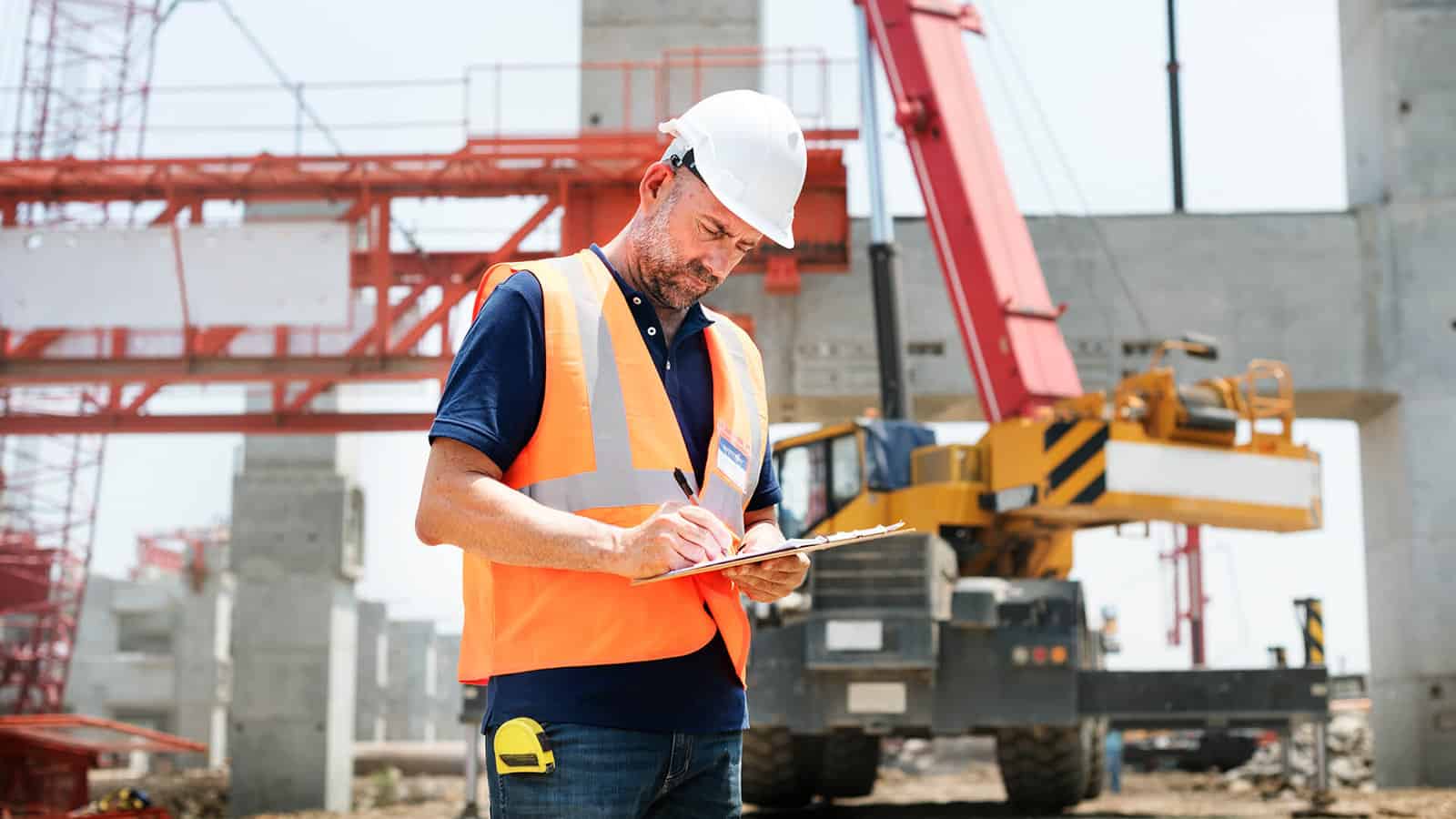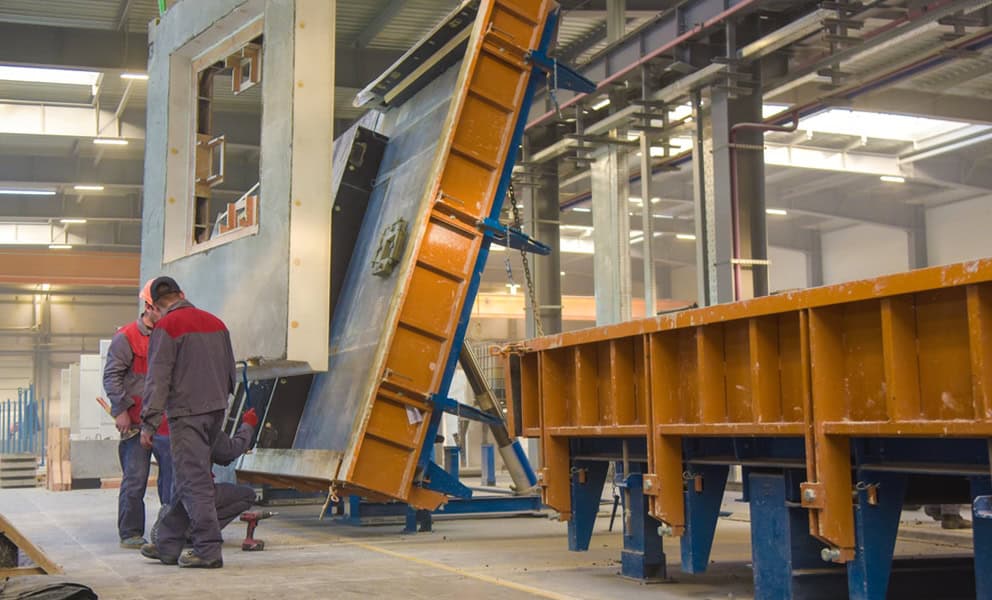
Health and Safety Rules for Self-Employed Workers - A Nuisance?
A year or two ago, I was talking to a friend who was having work done by a local builder.
The work involved re-rendering a gable end section of his house, followed by pebble dashing and painting. The work notably involved significant work at height, via scaffolding accessed by ladders.
During the usual ‘getting to know each other’ pleasantries, the builder explained how he had chosen to start his own building firm as “there were less health and safety rules for self-employed workers”, compared to when working on an established construction site.
As it transpired, over the course of the project, the builder fractured his wrist while applying the pebble dash and admitted to falling from his ladder multiple times. Meanwhile, his employee got dust and grit in his eyes during the pebble dashing.
Despite this, the builder still thought managing Health and Safety was a bad idea, that there were fewer safety rules for self-employed workers like himself, and that working safely was a nuisance.
Let’s delve into the myriad of reasons why he was wrong.
Are There Fewer Safety Rules for Self-Employed Workers?
In the UK, laws and legislation place responsibilities upon anyone carrying out work, either as an employer, an employee, or on a self-employed basis.
As we will see below, the rules are the same whoever you are, and simply leaving large-scale construction sites in favour of smaller, residential projects does not remove all safety responsibilities.
There are several acts and laws that place duties upon the self-employed within the construction sector. These include:
- The Health and Safety at Work Act 1974
- The Management of Safety and Health Regulations
- The Health, Safety and Welfare Regulations
- The Construction and Design Management Regulations
It is possible that the lack of a ‘big boss’ or safety inspector looking over their shoulder, induction training, requirement for accreditation such as CSCS cards, or a robust accident and incident reporting system may contribute toward the perception that there are fewer health and safety rules for self-employed workers. However, if this is the case, it will be due to poor management of health and safety by the principal contractor or indeed the client.
Duties for Self-Employed Workers vs Employees
Let’s do a comparison of the health and safety rules for self-employed workers, versus an employee on a construction site (or indeed working on a domestic project, for their employer):
| Responsibility |
Self-Employed |
Employee |
| Take reasonable care of your own health and safety, as well as that of those who may be affected by your work |
Yes |
Yes |
| Carry out your work in a way that does not put yourself, or others affected by your work, at risk (this includes members of the public) |
Yes |
Yes |
| Cooperate with others such as fellow workers, superiors, or clients in order that they may fulfil their H&S duties |
Yes |
Yes |
| Assess the risks of the work that you plan to carry out. Take appropriate action to control them. |
Yes |
Yes* |
| Maintain a safe working environment |
Yes |
Yes* |
| Use appropriate PPE where necessary |
Yes |
Yes |
| Ensure all work equipment is safe to use and maintained properly |
Yes |
No* |
| Provide information, instruction, training, and supervision to workers under your control |
Yes |
No* |
| Report accidents and incidents, investigate and adapt processes to prevent reoccurrence |
Yes |
Yes |
* These duties may be the responsibility of an employee if their employer has assigned them to said employee.
What we can see is that the rules 100% still apply regardless of whether you’re self-employed, an employee, working on a construction site, or chipping away on a house project (or retail premises, farm, factory…).
Nuances of Health and Safety
One of the potential factors that may give the impression that there are fewer safety rules for self-employed workers is the way that the “rules and regs” are satisfied varies depending on the size of your business.
Take risk assessments for example. These are likely one of the annoying pieces of red tape which deter workers from established construction sites; there’s a perception that on smaller projects these are not required.
Well, as we’ve seen in the table above, everyone must assess the risks associated with the work that they carry out. However, these only need to be recorded if there are five or more employees within the business.
Similarly, every business should produce a Health and Safety Policy, outlining how they will meet the expectations of the law and operate in a safe manner. However, if there are less than five employees, this is not required.
Putting Safety into Practice
So, if you’re a budding brickie, cunning carpenter, or ruthless roofer, moving away from the big construction sites, you still have to abide by the law, and work safely. Here are some easy wins to help you to work more safely, and avoid ending up in court:
- Have a think about how you want to carry out your work. While you don’t have to have a written Health and Safety policy, it will help you to clarify the kind of operation you strive to be and give you some focus. If you admit that you don’t want to be a fly-by-night cowboy, you’ll be less likely to act like one.
- Give some thought to your core work activities, and the risks that are associated with them. How can you eliminate these risks, or reduce the likelihood of being hurt, or the severity of the injury? This is the basis of a risk assessment.
- Respect others on site if they ask you to comply with a safety control, such as wearing PPE.
- Endeavour to keep your work site tidy and clear of obstacles and trip hazards. If there are places where people could fall from height, such as scaffolding edges, consider how you can make these safe. Make sure the site can’t be accessed by people not associated with the work - even during the working day (this could be by means of control rather than physical barriers).
- Don’t see PPE as a hindrance. The range of PPE these days is vast. If you know you will be exposed to harm, invest in your body and your health, by buying proper (well-fitting and effective) PPE.
- If you have employees or other workers under your control such as sub-contractors, ensure they are aware of any risks that they may be exposed to. Document these risks, and that they have been made aware of them. Don’t let inexperienced workers work unsupervised.
- Ensure that all accidents and incidents are reported to the client or site manager.
- Consider taking an entry level Health and Safety training course - just to familiarise yourself with the basics.
Different Roles, Same Rules
We started this article by asking whether there were fewer health and safety rules for Self-Employed workers.
The answer, as is usually the case with matters of health and safety, isn’t necessarily straightforward.
Fundamentally the core responsibilities for employers laid out within the Health and Safety at Work Act (1974) and others apply whether you’re a large scale development firm working on a fully fledged construction site, or a three-man building firm carrying out home renovations and extensions.
The difference is that the legal obligations may be fulfilled in different ways. Larger scale operations will have a greater likelihood of injury due to the number of workers, tasks being carried out, and working hours. They will also be penalised more heavily should they be found guilty of breaking health and safety law in court; the fines that may be handed down are proportionate to the company turnover and worth.
Because of this, larger scale building firms may employ or appoint dedicated Health and Safety personnel or consultants who, in turn, may put stricter controls and rules in place than would be found on a domestic building site - giving the illusion that there are less health and safety rules for self-employed workers than those working for the big firms.
It’s important to note that health and safety rules are put in place to protect everyone, and no matter the size of the building firm or site, the HSE could come knocking to see that everything is up to scratch at any time.
So regardless of whether you think there are fewer safety rules for self-employed workers or not, it’s time to work safely, and get your (partially built) house in order. If you have any questions around how Health and Safety rules apply to you and your business, please get in touch.

With over 30 years’ experience in the construction industry, Lee offers more than just a helping hand to keep your project on track. Majestic Site Management also specialises in site compliance, and health and safety, with a long-list of credentials to prove it. Connect with Lee on LinkedIn >>


